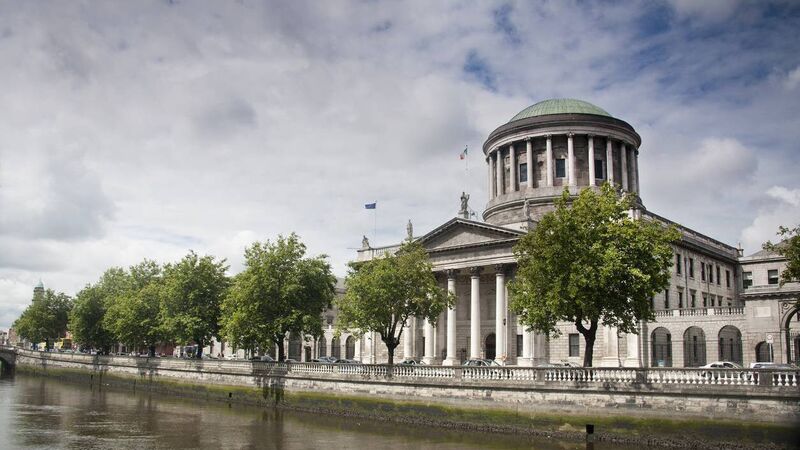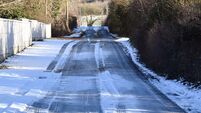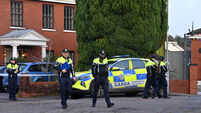Woman who claimed she tripped on path cracked by tree root loses case

A central issue in the case at the High Court was whether the council could avail of the defence of "nonfeasance" — meaning did it have a liability from a failure to act — in relation to dealing with the defect created by the tree root growth.
A woman who claimed she fell on a pavement which was cracked due to damage from tree root growth has lost her High Court action for damages against the local council.
Denise Best (54), a mother of two from Daletree Crescent, Firhouse, Dublin, sued South Dublin County Council over the accident around the corner from her home on August 25, 2018.
She claimed she tripped on a six inch deep crack in the pavement which had been caused by root incursion from an adjacent lime tree and which the council was responsible for looking after. The council denied liability and said, among other things, she failed to keep a proper lookout.
The court heard she was walking home from a 21st birthday party for a neighbour's son in the nearby Scholarstown Inn at around 1.15 in the morning when the accident happened.
She said was talking to a neighbour who was walking alongside her, with her husband in front of them, when she tripped and fell forward on her face.
She said she injured her left ankle and left wrist. She did not go outside her home for sometime afterwards because the injuries to her face made her look "like I was beaten up".
She said she was in a wrist cast, wore an airboot and was out of work from her job as administrative liaison for community midwives and public health nurses for 12 weeks.
A central issue in the case was whether the council could avail of the defence of "nonfeasance" — meaning did it have a liability from a failure to act — in relation to dealing with the defect created by the tree root growth.
Mr Justice Micheál P O'Higgins, dismissing the case, said while Ms Best was an honest witness and undoubtedly suffered the injuries claimed, there were important "evidential gaps" in her evidence.
The judge said it was put to her by Peter Bland SC, for the council, that it was her husband who had identified the crack in the pavement the next day as she had said she did not know what caused the fall and told a doctor she could not remember the details.
As neither her husband nor the neighbour she was walking alongside gave evidence, the court was "left in a position of uncertainty and doubt" as to precisely what steps her husband took to identify the location of the accident, the judge said.
He thought it "telling" that among four witnesses who were present at the scene not one gave contemporaneous evidence linking the accident with the crack in the footpath on the night in question.
He was not satisfied Ms Best had discharged the onus of demonstrating that the admitted defect in the footpath was the location and cause of her accident.
In relation to the nonfeasance issue, the judge said this was not an appropriate case to determine the broader legal issue.
He said even if he decided the legal issues against the council, it would not assist Ms Best as her case fell at the earlier "hurdle of liability".
In accordance with previous Supreme Court decisions, he said a resolution of the legal issues should therefore "await determination in an appropriate case where the liability conclusion provides a more certain foundation for determining the wider issues".










